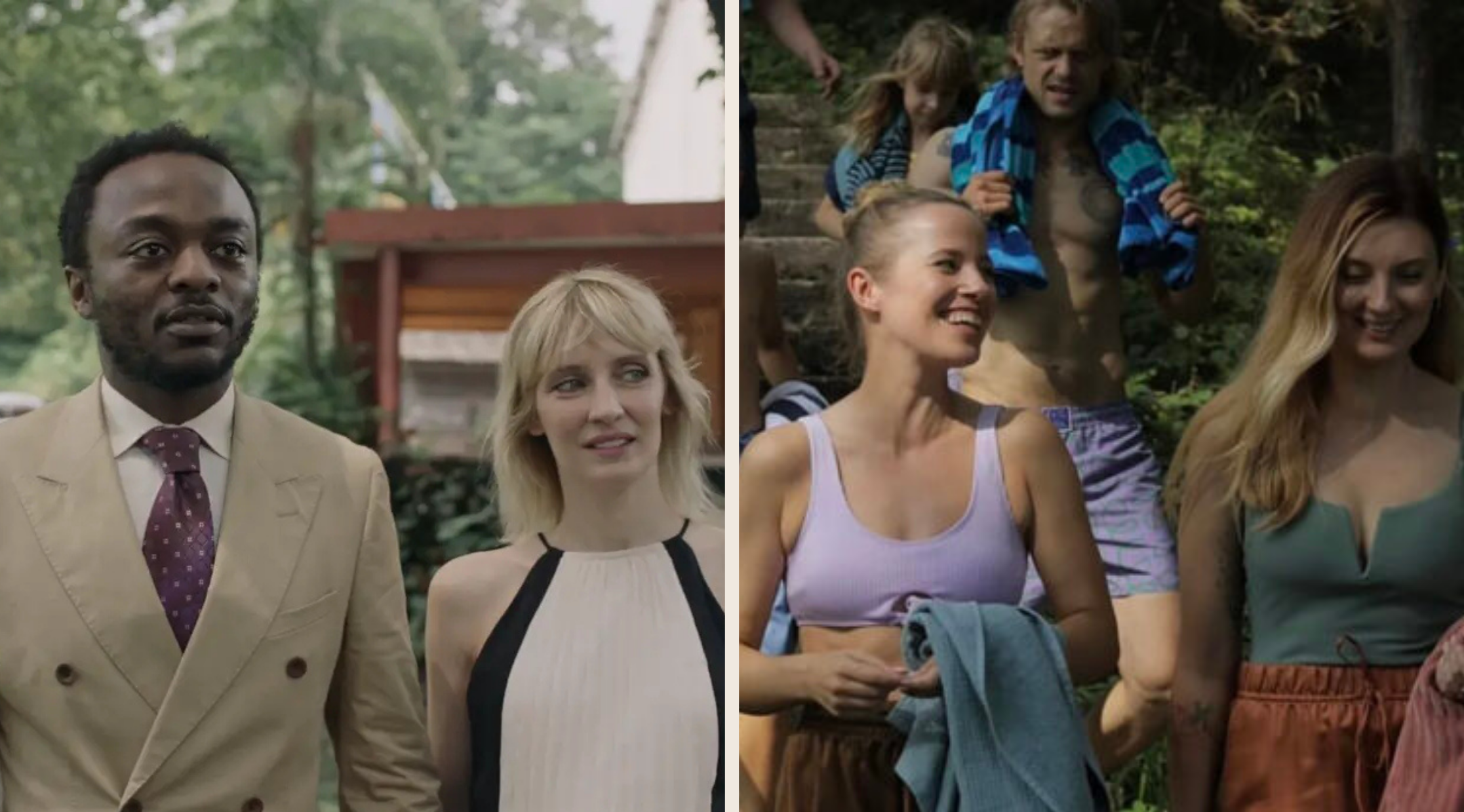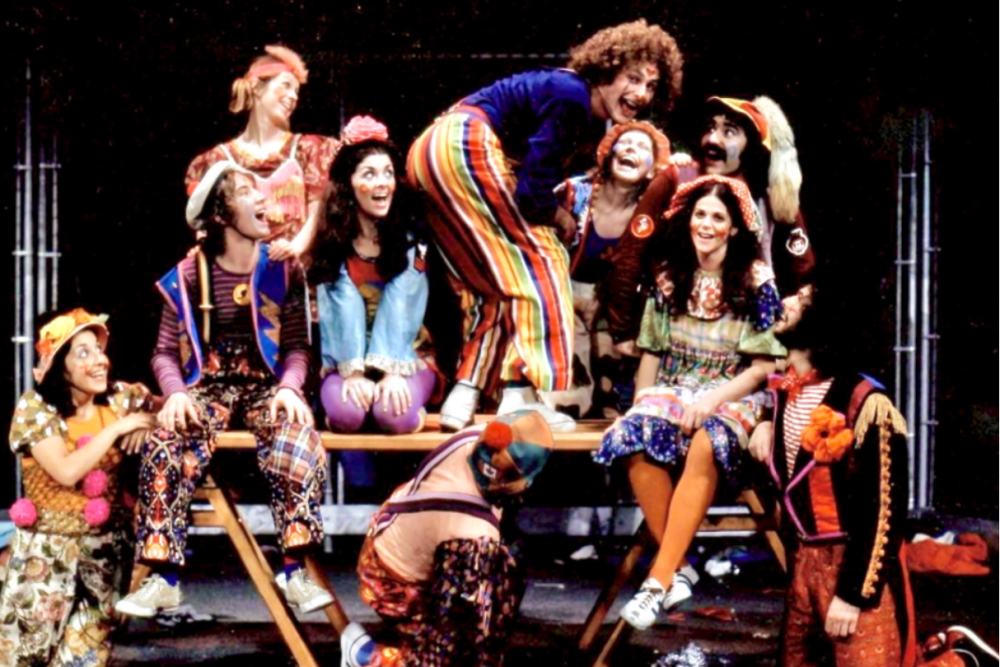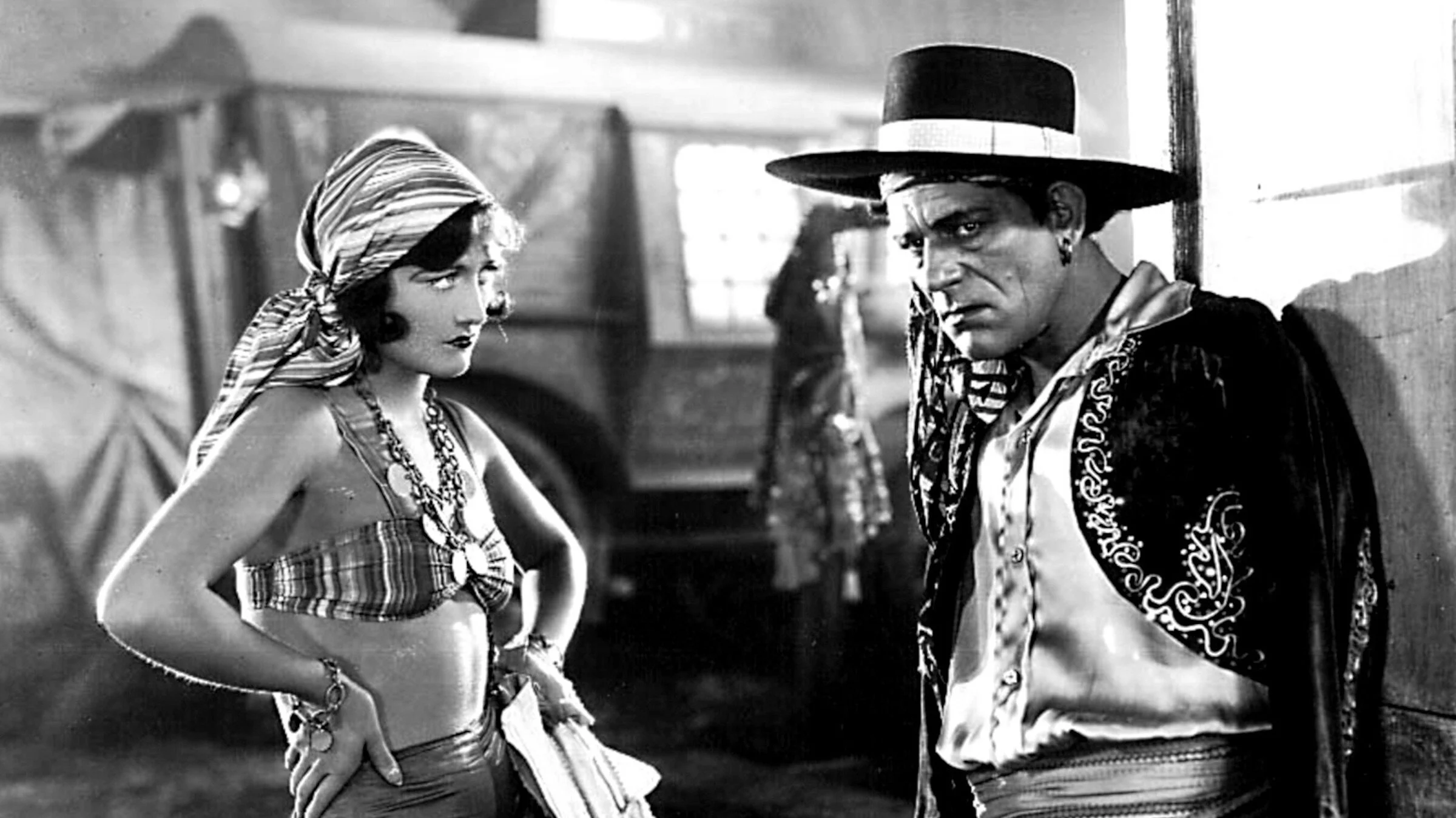Film review: White Balls on Walls takes behind-the-scenes look at a gallery grappling with diversity
Documentary profiles the sleek Stedelijk Museum in Amsterdam, where administrators try to change an institution built around white-male artists
Stedelijk Museum director Rein Wolfs oversees the removal of the gallery’s motto in White Balls on Walls.
VIFF Centre screens White Balls on Walls June 7 at 6:30 pm, June 9 at 3 pm, June 10 at 3 pm, and June 11 at 8 pm
FILMMAKER SARAH Vos makes ample use of the hugely symbolic setting of Amsterdam’s Stedelijk Museum of modern and contemporary art—a striking, curved boat prow of a building where the colour scheme is monochromatic white. That goes not only for its cladding and its exhibition halls, but also for the boardrooms, down to their expansive glossy tables and Venetian blinds.
Downtown Amsterdam’s futuristic architectural landmark becomes a striking metaphor for its lack of diversity. At the start of this film, in 2019, 90 percent of the work on its walls is created by white men.
Museum director Rein Wolfs (also a white male, pushing 60) is determined to change that, and forge a new path of diversity and inclusion in terms of the collection, the administration, and the audience. Vos’s camera is there to capture every painful, difficult, illuminating, and awkward moment along the way, as well as the mistakes, the strides forward, and the criticisms. In so doing, she provides a rare inside look at the kinds of discussions that art institutions around the globe, and very much here in Vancouver, have been having since the momentous social changes that grew out of the pandemic. The film ends up being integral viewing for anyone interested in what’s happening in cultural institutions right now.
The effort, as anyone who has tackled diversity issues knows, is a complex one. Here, Wolfs avoids the oversimplification of quotas. His team also finds out that it’s not enough anymore to aim for 50-50 male and female representation, because that assumes a gender binary. And then, as one participant enquires, “Who decides what inclusive is?” Over and over again, the group has to grapple with the language it needs to use before it can even begin to work out a problem; at one point, the word “canon” is called out. They get help, and candid thoughts, from Charl Landvreugd, the museum’s head of research and curatorial practice—not a diversity officer, he stresses—and new curators Vincent van Velsen and Yvette Mutumba.
Far from just a dry, fly-on-the-wall documentation of endless meetings, Vos’s documentary manages to not only editorialize but get playful and provocative. She allows the camera to find fidgeting fingers, awkward silences, and confused expressions, and makes witty use of a jazz score that highlights the way these officials and curators are forced to improvise new ways of choosing and juxtaposing art. (The cheeky title is borrowed from a slogan used in a 1995 protest of the museum by a feminist artist-activist group called the Guerilla Girls—a movement for equity and diversity that apparently would not be listened to for a quarter century.)
Along the way we see some iconic moments: entire work crews switching up the Stedelijk’s physical space and its artwork; the curators heading out to collectors’ homes to to try to find the next new BIPOC art stars; and, most symbolic of all, a guy on a cherry picker stripping the museum’s problematic block-letter motto—“MEET THE ICONS OF MODERN ART”—off the front window.
Does the team succeed? You’ll have to watch the documentary to judge for yourself; as you can imagine, there are those visitors and critics who get irritated by “political correctness” (a few more than you even might expect in a "progressive" country like the Netherlands). Some curators try to think through ways to continue to show off-putting artists like Picasso: “We don’t want to be just critical of our collection, but also celebrate it,” one veteran observes. And by the end of this multiyear struggle, an awful lot of them are off sick or on leave. But though the Stedelijk doubtless still has a long way to go, the hopeful news is the film, and the museum, are filled with fantastic art that is not by white males—from Ghanaian sculptor El Anatsui’s rippling mosaic-fabric of glimmering found materials to the dozens of vivid paintings of spirituality and everyday life in the Surinamese School exhibit. What the incisive White Balls on Walls really reveals is that when it comes to systemic racism and decolonization, perhaps it is the art that is easiest to change first; the language, the administration, and the general public may come later.













